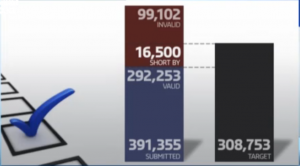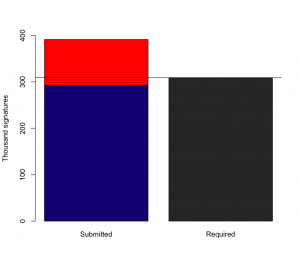A simple exercise with numbers
Stuff has a headline “Shoplifters cost $1b as staff theft soars“. Let’s think about what we would need to know to interpret this number, and what we actually get told.
First, we note that nowhere in the story is there any evidence or informed opinion presented that staff theft has increased, just that it is high. Also, the $1 billion figure is fairly weak — the Retailers Association of New Zealand estimates $2 million per day, which is rounded up to $750 million per year, and then to ‘up to $1 billion’.
We don’t get told how this number is estimated: is it actual reports of theft, or imbalances between stock bought and stock sold, or just a impression from the retailers? Is it based on a representative survey, on informed opinion, or on some sort of bogus poll? Is the cost based on actual wholesale costs paid by the retailer or is it inflated to include the anticipated retail price if the stuff had been sold? Does it include all retailers, or just members of the Retailers Association of New Zealand? Don’t wholesalers also have this problem? We might hope that the Retailers Association website had some more details, but its press release and media log pages only go up to May 1.
If we were to stipulate the number for the purposes of analysis, does it sound plausible? Unfortunately, as part of Statistics New Zealand’s ongoing endeavour to deliver a better web experience they are doing maintenance on their servers today, so the quality of my sources may not be up to standard. Still, the University of Auckland career planning site says that retail employs about 265 000 people in NZ. If half the theft is by staff, that’s about $1900 average per year — and if, say, as many as 75% of them are honest, that would be about $7500 for the others, which seems a bit high.
The other half of the billion dollars, attributed to shoplifting rather than staff theft, would be an average of $2000/year if spread over 5% of the population, which also seems a bit high. Maybe I’m just naive and innocent about this, but the worst incident quoted in the story was $20000 by four people; $5000 each, and the next worst was $1100 dollars — you’d think there would be better examples.
The same University of Auckland page says gross revenue in retail is $65 billion/year, so $1billion would be 1.5% of that. The Retail Association has a report (p15) saying that net margins are about 2-3% averaged over the industry, so if the $1 billion were real costs, it would mean the industry is losing more than a third of its profits to theft. You’d think that would be the headline, if it were true.


